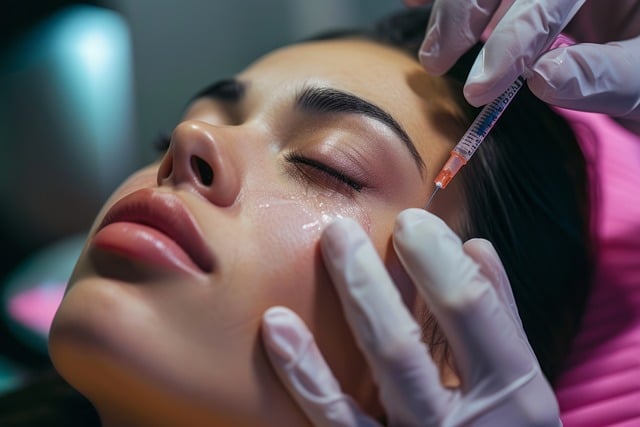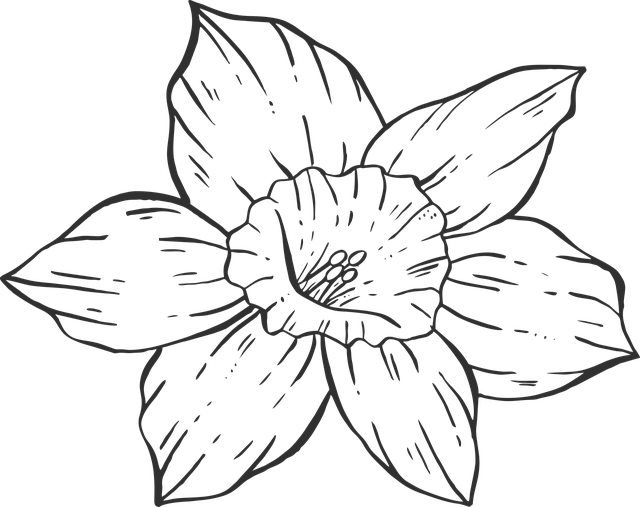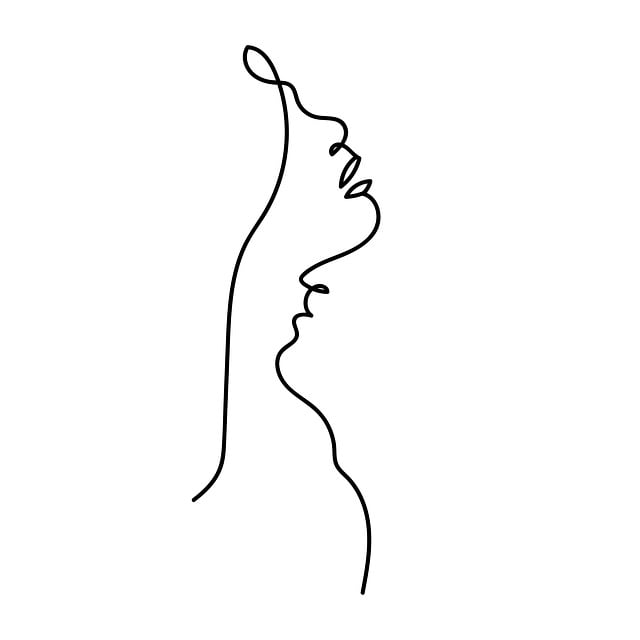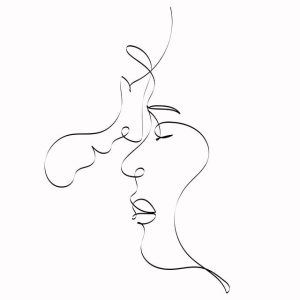Botox treatments are highly effective in reducing forehead lines, frown lines, and dynamic wrinkles by temporarily paralyzing specific facial muscles. This non-surgical procedure is FDA-approved and offers natural-looking results, minimizing risk of asymmetry. With various types available (e.g., Botox Type A for fine lines), proper administration by skilled practitioners ensures optimal outcomes with minimal downtime. Regular top-ups extend the youthful appearance achieved from this popular anti-aging solution.
“Uncover the power of Botox as a continuous anti-aging solution for forehead lines and frown lines. This comprehensive guide explores the science behind Botox, its mechanisms in reducing facial wrinkles, and its safety profile. We delve into various types of botulinum toxin, injection techniques, and dosage optimization for optimal results. Learn about the recovery process, long-term benefits, and alternative treatments, empowering you to make informed decisions regarding this popular anti-aging option.”
Understanding Forehead Lines and Frown Lines: Causes and Concerns

Forehead lines and frown lines, also known as glabellar lines (between the eyebrows) and lateral canthal lines (at the outer corners of the eyes), are common signs of aging. These wrinkles form due to repeated muscle contractions, especially during facial expressions like frowning or squinting. Over time, these repetitive actions lead to the breakdown of collagen and elastin fibers, resulting in visible lines and creases on the skin’s surface.
Both Botox for forehead lines and frown lines work by temporarily paralyzing the underlying muscles, reducing the frequency and intensity of contractions that cause these wrinkles. This non-invasive procedure has become a popular anti-aging solution for those seeking to minimize the appearance of aging without surgery. By addressing these specific areas, individuals can achieve a smoother, more youthful forehead and reduce the depth of frown lines, enhancing their overall facial aesthetic.
The Role of Botox in Preventing and Treating Wrinkles

Botox has emerged as a leading treatment in the continuous anti-aging process, particularly for preventing and treating wrinkles on the forehead and between the brows, commonly known as frown lines. This neurotoxin works by temporarily paralyzing muscles responsible for causing dynamic wrinkles, those formed through repeated facial expressions like frowning or squinting. By reducing muscle activity, Botox smooths out the skin’s surface, minimizing the appearance of fine lines and furrows.
For individuals concerned about forehead lines and frown lines, Botox offers a non-surgical solution that can provide significant results. It is effective not only in preventing the formation of new wrinkles but also in reducing the depth of existing ones. This makes it a popular choice for those seeking to maintain a youthful appearance or address early signs of aging before they become more pronounced.
How Botox Works Mechanically to Reduce Facial Wrinkles

Botox, a protein derived from bacteria, has become a popular choice for continuous anti-aging treatment. Its mechanism of action involves blocking nerve signals that cause muscle contraction, which is the primary contributor to facial wrinkles. When injected into specific muscles, Botox prevents them from stiffening and contracting, thereby smoothing out fine lines and wrinkles on the forehead and around the eyes, commonly known as frown lines.
This non-surgical procedure targets dynamic wrinkle formation, especially in areas of frequent facial expressions like the forehead and brow. By relaxing these muscles, Botox allows skin to regain its natural elasticity, reducing the appearance of both existing and emerging wrinkles. This effect not only provides a youthful glow but also enhances overall facial harmony.
Safety Profile and Common Side Effects of Botox Treatments

Botox treatments, particularly when targeted at the forehead lines and frown lines, have established themselves as a popular anti-aging solution. However, understanding the safety profile is paramount for prospective patients. The U.S. Food and Drug Administration (FDA) has approved Botox for the treatment of moderate to severe horizontal and vertical lines on the forehead and between the eyebrows, often referred to as glabellar lines or frown lines.
While generally considered safe, Botox treatments can cause temporary side effects. The most common include mild bruising, swelling, or pain at the injection site. In some cases, patients may experience headaches, muscle weakness around the eyes or mouth, and difficulty swallowing. These side effects typically subside within a few days. It’s important to consult with a qualified healthcare provider who can discuss individual risks and benefits tailored to specific needs.
Choosing the Right Dosage and Injection Techniques for Optimal Results

When considering Botox for forehead lines and frown lines, choosing the right dosage is paramount. Each patient’s facial structure and muscle activity are unique, so a personalized approach is essential. Dermatologists use specialized techniques to accurately inject Botox, targeting specific muscles responsible for creasing. The goal is to smoothen expressions without compromising natural facial movement.
For optimal results, precise injection techniques matter. Skilled practitioners employ fine-gauge needles and advanced techniques like the “unit-dose” method, which allows for accurate dosing. This ensures that Botox is delivered precisely where needed, minimizing risks of asymmetry or over-treatment. By tailoring dosage and technique to individual needs, patients can achieve a natural-looking reduction in dynamic wrinkles, enjoying the benefits of enhanced facial aesthetics.
Botulinum Toxin Types: Which One is Best for Your Needs?

Botulinum toxin, commonly known as Botox, comes in several types, each with unique properties that make it suitable for different cosmetic treatments. When considering Botox for continuous anti-aging, understanding the differences between these types is essential to achieving the desired results, especially when targeting specific areas like the forehead and frown lines.
For instance, Botox Type A is the most common form used for medical and aesthetic purposes, including treating wrinkles. It’s particularly effective for horizontal and vertical forehead lines as well as frown lines between the eyebrows. On the other hand, Botox Type B is slightly different in its composition and has been found useful for treating excessive sweating (hyperhidrosis). When it comes to fine lines and wrinkles, Type A remains the preferred choice due to its precise effectiveness and minimal side effects when administered by a qualified professional.
Recovery Process and What to Expect After a Botox Session

After a Botox session for forehead lines and frown lines, it’s important to understand what to expect during the recovery process. Typically, there is minimal downtime associated with Botox treatments, allowing individuals to resume their daily activities relatively undisturbed. However, you may experience mild side effects such as temporary redness, swelling, or discomfort at the injection sites. These symptoms usually subside within a few days.
To ensure optimal results and facilitate healing, it’s recommended to avoid strenuous activities, direct sunlight, and makeup for the first 24 hours following the treatment. Additionally, be mindful of certain medications that can increase bleeding risks. Always consult with your healthcare provider who administered the Botox for specific post-treatment instructions tailored to your needs.
Long-Term Benefits and Maintenance of Botox for Anti-Aging

Botox has proven to be a game-changer in the world of continuous anti-aging, offering long-term benefits for those seeking to minimize the signs of aging, particularly on the face. When injected by a professional into specific muscle groups responsible for facial expressions like frowning and furrowing the brow, Botox effectively smooths out forehead lines and wrinkles caused by repeated contraction of these muscles.
The results can last for several months, providing a significant reduction in the appearance of fine lines and giving the skin a more youthful, relaxed look. To maintain these anti-aging effects, top-up injections are typically required every 3 to 6 months, depending on individual factors like metabolism, muscle activity, and the amount of Botox used. Regular maintenance ensures that the initial treatment results are preserved, allowing individuals to enjoy the benefits of a smoother, more relaxed forehead and reduced frown lines for an extended period.
Exploring Alternative Treatments and Their Comparisons with Botox

In the quest for youthful-looking skin, many individuals often explore various anti-aging treatments, particularly when it comes to addressing forehead lines and frown lines. While Botox has long been a popular choice, there are alternative procedures gaining traction in the beauty industry. One such alternative is dermal fillers, which offer a different approach to smoothing out wrinkles. Dermal fillers are injectable products that enhance skin volume by plumping up specific areas, effectively reducing the appearance of fine lines and wrinkles, especially on the forehead and between the eyebrows, similar to Botox for forehead lines and frown lines.
Comparatively, Botox works by temporarily paralyzing muscles, preventing them from contracting and causing wrinkles. This results in a smoother complexion, particularly effective for dynamic wrinkles like frown lines and crow’s feet. On the other hand, dermal fillers provide immediate results by adding substance to the skin, lifting and supporting it from within. While both treatments offer significant improvements, their effects differ, with Botox providing a more localized and targeted solution, ideal for specific muscle groups, whereas dermal fillers are versatile in addressing various skin concerns, including volume loss, and can deliver longer-lasting results.
